Unlike subjects like math, where we have solid answers that never change, science is always evolving. That’s why scientists sometimes can’t give you a definite answer to things. It’s easy to say we know everything, but that would be wrong. Instead, scientists say things like “based on what we know now” or “our current understanding.” This is because there have been cases where scientific theories seemed true for a long time but turned out to be completely wrong. Take the example of Galen, a famous Roman doctor. For almost 1,000 years, people believed everything he said about the human body, even though he never actually examined a human body. He studied animals instead, which are very different from us. Eventually, scientists realized his ideas were incorrect when they started studying actual human bodies. This shows how scientists can be fooled, and there are many other examples like this. So, science is always changing, and what we think is true today might be different tomorrow.

Lamarckian Inheritance
- People Behind It: Jean-Baptiste Lamarck
- Belief Timeframe: Mid-1700s to late 1800s
Lamarckism is one of those things that makes sense, but the more you really think about it…the more you see it’s complete garbage. However, it is easy to see why Jean-Baptiste Lamarck felt the way he did. The French zoologist used the classical era theory of soft inheritance in his own idea of evolution. The goal was to use this to supplement his concept of orthogenesis. This is the belief that organisms tend to evolve in a specific direction, toward some goal due to some driving force. Lamarck used giraffes to explain this. They have long necks because they kept stretching and stretching to reach higher leaves until they finally reached the form we see today.
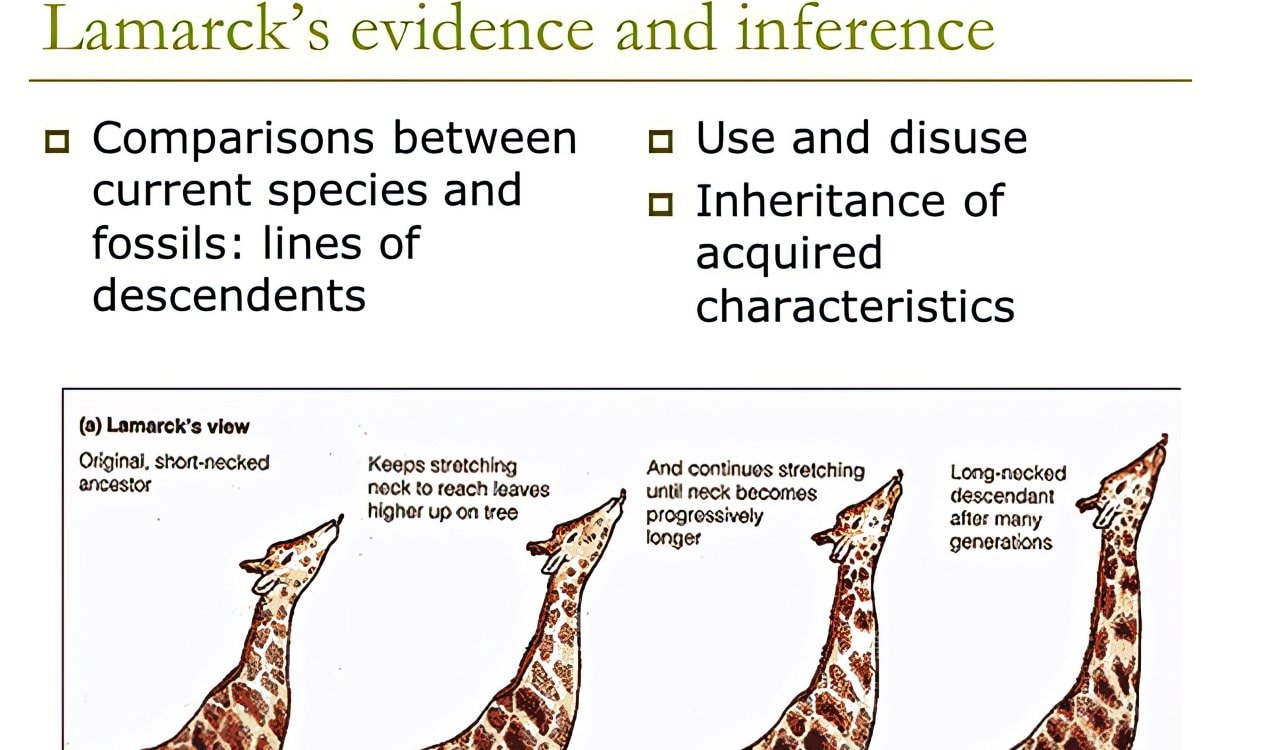

Telegony
- People Behind It: Aristotle, Arthur Schopenhauer, Herbert Spencer, Biblical Writers
- Belief Timeframe: 200 BCE to 1900s CE
The Theory of Telegony, in a way, made sense to so many likely due to their beliefs at the time. See, back then most felt that women needed to be “pure” when they were married off. Basically, she needed to be a virgin or a person who never had intimate relations. Even the Holy Bible references the idea that if a husband dies, then the husband’s brother will essentially take his sister-in-law on as another wife. The theory was that offspring could inherit traits from every mate that their mother had. It was a big deal during ancient periods as people like Aristotle thought it to be true, eventually, Biblical writers reference things connected to it.


Vitalism
- People Behind It: Aristotle, Galen, Paracelsus
- Belief Timeframe: 300 BCE to 19th Century
Vitalism is a major part of the alternative medicine world. Essentially, it is a form of pseudoscience that has never really proven to be true. Most believe it began as a theory due to Roman physician Galen in the 3rd century BCE. He poses that living organisms are fundamentally different from non-living entities. Mostly because they contain some non-physical element or are somehow governed by different principles when compared to inanimate objects. Vitalism utilizes the “vital principle” in that an element has a vital spark or energy, which was often linked to the “soul.”


Spontaneous Human Combustion
- People Behind It: Paul Rolli, Larry E. Arnold, L.A. Perry
- Belief Timeframe: Mid-1700s to Late-1800s
Many years ago, people actually believed that one could just burst into flames randomly. Somehow a fire would start inside the body of a victim and they would just explode apparently. For a while, this was among the scientific theories that fooled scientists in many fields. Literature would reference this phenomenon a bit and most of the time, the apparent “real world” version of this connected well with literature. For years, scientists tried to analyze any reported instances of one just bursting into flames at random with no external source.


Geocentrism
- People Behind It: Aristotle, Claudius Ptolemy, Anaximander
- Belief Timeframe: 600 BCE – 1600s CE
Due to the feeling that we were the only possible planet with life on it, many felt that everything revolved around us. We were the clear center of not only our own solar system but some even felt we were the center of the universe entirely. This theory was heavily accepted in ancient times and even lasted through the Middle Ages. We could see why it was among the scientific theories that fooled scientists. Before we had the proper equipment, it would be hard to really know any better.


Theory Of N-Rays
- People Behind It: Prosper-René Blondlot
- Belief Timeframe: 1903 to 1910
During the late 1800s and early 1900s, radiation had become a pretty hot topic. Pierre and Marie Curie had been working with radiation and discovering new forms of the stuff for many years. It should not surprise anyone that the French physicist Prosper-René Blondlot came up with the idea of something called “N-Rays.” This was thought to be a new form of radiation that could be both detected and manipulated. The only problem with Blondlot’s concept was that scientists could never reproduce the same results that Blondlot managed to get. Initially, the results that Blondlot came to were striking.
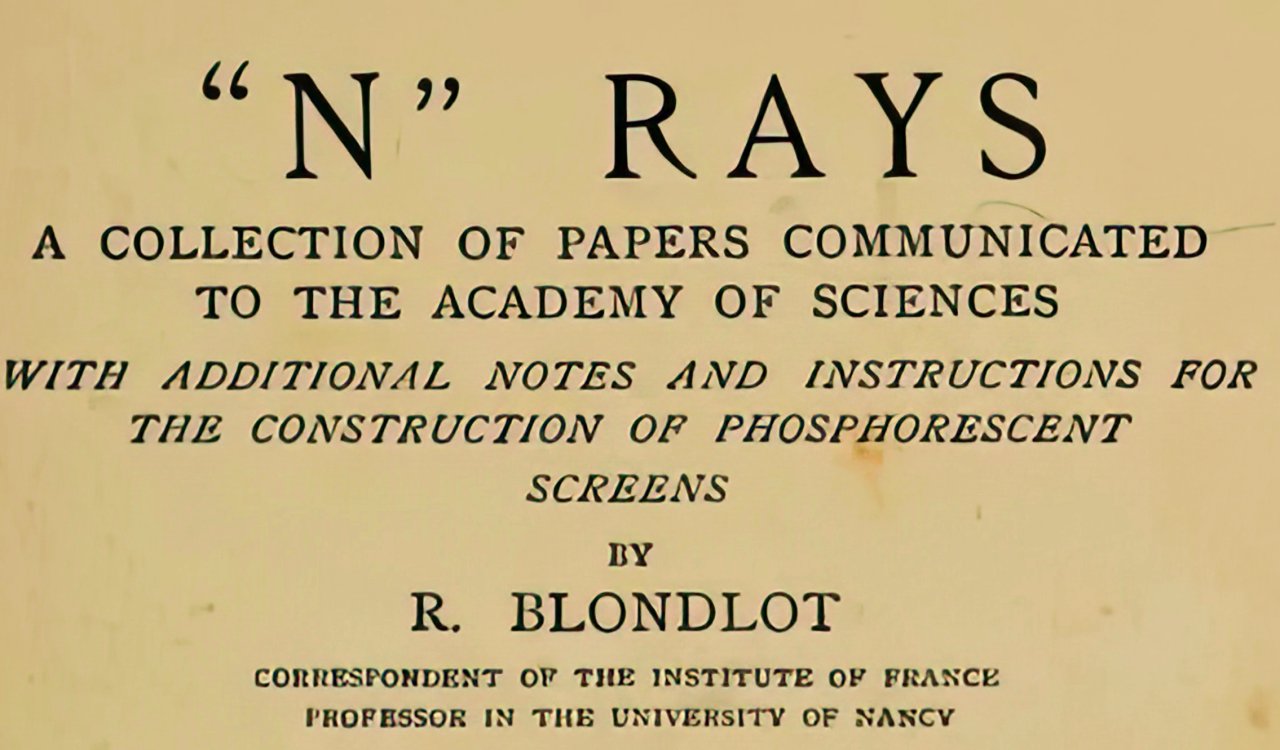

Polywater
- People Behind It: Boris Deryagin, Nikolai Fedyakin
- Belief Timeframe: 1962 to late-1970s (some still believe in the present)
The concept of Polywater is still something people believe in today, and it has caused a lot of controversy in the field of science. Therefore, it should not surprise you that this has become one of the big scientific theories that fooled scientists for years. The idea is that there is a supposedly “polymerized” form of water. Which is water that consists of large molecules or macromolecules, composed of many repeating subunits. Since they have a huge spectrum of properties, both synthetic and natural polymers play essential roles in our everyday life. Soviet Union physicist Nikolai Fedyakin had initially worked on a form of water that had higher boiling points and lower freezing points. It even had a higher viscosity than normal water, making it like syrup.
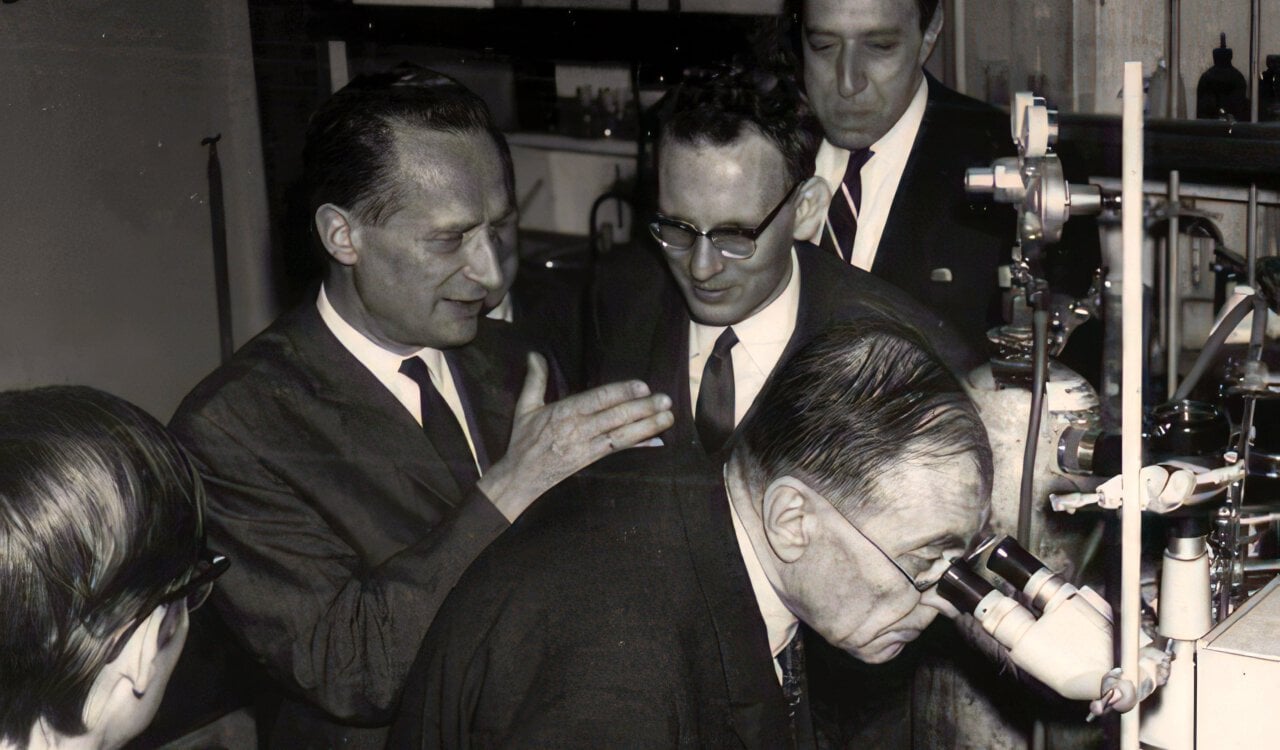

Telepathy
- People Behind It: Frederic Myers, William F. Barrett
- Belief Timeframe: Late 1880s to Present
While most of us would only relate something like telepathy to comic book characters, that was not always the case. Some forms of telepathy looked very real to the untrained eye, resulting in it being one of the scientific theories that fooled scientists. The idea was that one could move objects with their mind without ever touching the object. Usually, a magician would perform this move with a doctored spoon. Since it was metal and could be bent easily on one side but still hold its shape well, it was easy to use as a tool. Some tried to pass themselves off as real telepaths and would go onto talk show circuits from the 1960s to as far as the 1990s to perform this.


Miasma Theory
- People Behind It: Hippocrates, Galen, Vitruvius, Florence Nightingale
- Belief Timeframe: 400 BCE to 1800s CE
Miasma Theory is a pretty interesting belief that, if we’re being honest, made a lot of sense to buy into. This theory claims that diseases are caused by foul-smelling odors or as some claim “bad air.” Of course, many were not aware of what caused those bad smells. Any time someone contracted a disease like cholera or even chlamydia, it was always blamed on the air they inhaled. Even the Black Death was thought to be caused by this. Many felt that major epidemics were caused by miasma, as there was apparently a lot of rotting organic matter in the area.


Recapitulation Theory
- People Behind It: Étienne Serres
- Belief Timeframe: 1820s to Early-20th Century CE
The Recapitulation Theory comes from the mind of Étienne Serres, based on the work of Johann Friedrich Meckel. It was not a crazy idea, considering the idea of Charles Darwin’s “evolution” concept was pretty new. This is really why it became one of the scientific theories that fooled scientists for a while. The theory proposes that the development of an embryo of an animal, from its fertilization to gestation (or hatching), goes through stages resembling or representing successive adult stages in the evolution of that species’ remote ancestors.


Alchemy
- People Behind It: Ancient Egyptians, Greeks, Romans, Japanese, Chinese, etc.
- Belief Timeframe: 100 to 1800s CE
We want to be upfront about this very quickly. Alchemy did later turn into a field we know today as pharmacology, however, it did not begin that way. In fact, alchemy was used in various spiritual ways all over the world. Europe might have been known the most for this due to people such as the Druids, Templars, Magi, Witch Covens, and even the Freemasons (which later existed in America). They used to make “potions” and use a lot of magical words or perform various rituals along with giving people the potion. In the end, the words and rituals were useless and meant nothing. It was just showmanship and a lot of smoke and mirrors.


Maternal Impression Theory
- People Behind It: Soranus of Ephesus, Pliny the Elder, John Maubray, Rene Descartes, Aristotle, Plato
- Belief Timeframe: Late-400s BCE to Early 1900s
Maternal Impression Theory has been long discredited, but it was not a crazy idea. It is not shocking why this was among the scientific theories that fooled scientists for many years. The idea is that any sort of physical or emotional experiences of a pregnant woman could affect the development of her unborn child. Usually, it was all about the mental or emotional side rather than the physical. Thus, any powerful mental influence working on the mother’s mind could produce an “impression” on the child she is carrying, which apparently “marked” the child.


Expanding Earth Theory
- People Behind It: Klaus Vogel, Warren Carey, Alfred Wegener
- Belief Timeframe: Late-1800s to Early-1900s
One could come to the conclusion that if there is a creator, he or she would make a planet that could withstand any population, right? Well, in theory, maybe. Yet in reality, the concept of a planet that expands is kinda nuts. The concept of the Expanding Earth Theory was that the planet gradually will increase over time. For a while, this became one of the scientific theories that fooled scientists because of what an expanding Earth might cause. People blamed it for the occurrence of things like earthquakes, the movement of our continents, and other geological phenomena.


Static Universe Model
- People Behind It: Thomas Digges, Albert Einstein(kinda)
- Belief Timeframe: Mid-1500s to Early-1900s
The Static Universe Model proposes that the universe remains unchanged, without any expansion or contraction. Several people bought into this, and it made sense to see why. They did not have the kind of technology that we’d later be able to use. That is why this model became one of the big scientific theories that fooled scientists for centuries. The English Astronomer Thomas Digges was the first to propose this specific model. Albert Einstein then came in with his own interpretation of a temporally infinite but also spatially finite model. He felt that the universe would either collapse or expand forever.

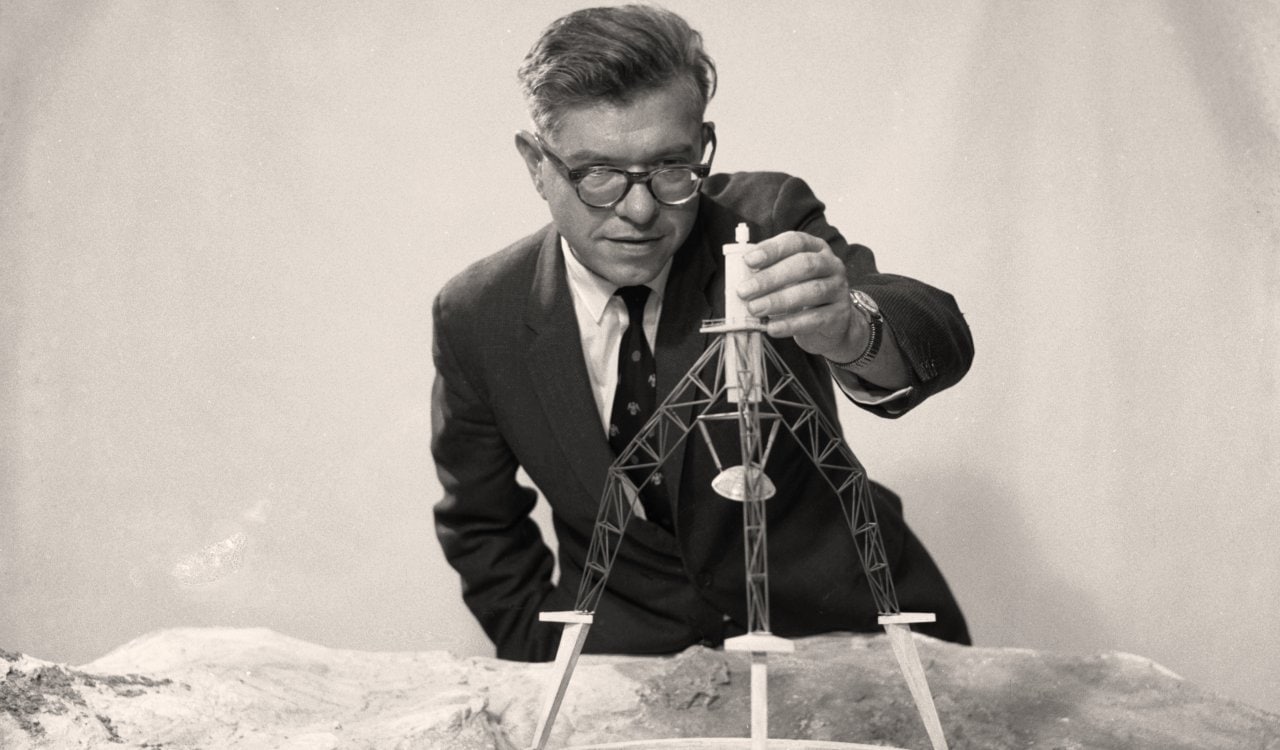
Steady State Theory
- People Behind It: Fred Hoyle, Tommy Gold, Hermann Bondi
- Belief Timeframe: Mid-1900s
The Steady State Theory is something that some scientists still believe in, to this day. Therefore, it is not wrong to state that it is one of the scientific theories that fooled scientists for a long time. The concept proposes that the universe maintains a constant density and does not have a beginning or an end. The theory gained quite a lot of popularity in the mid-1900s, especially as an alternative to the Big Bang Theory at the time. Yet once we discovered things like cosmic microwave background radiation among other major things that supported the Big Bang, the Steady State Theory slowly began to die off.


The Four Humors
- People Behind It: Hippocrates, Most Of The Known World
- Belief Timeframe: Mid-400s BCE to 1850s CE
In the early days of medicine and actual physicians, you had nothing to go on. At least, nothing other than what you saw and were able to do. Therefore, when a man comes around that is able to do so many incredible things, you’d likely believe him. One man like this that stood out was the ancient Greek physician, Hippocrates. He is so influential to the world of medicine that doctors and nurses take an oath inspired by him called the “Hippocratic Oath.” This oath is to do no harm to anyone you’re treating, regardless of how you feel about them. One of his most prominent concepts, and one of the few he was wrong about, was the Four Humors concept.


Theory Of Spontaneous Remission
- People Behind It: Tilden C. Everson, Warren H. Cole, Wilhelm Busch, Friedrich Fehleisen, William Bradley Coley
- Belief Timeframe: 1700s to mid-1900s
Let’s face it, we’d all love to say that we just got better from a disease randomly as if by a miracle. However, this is not exactly how anything works. Years ago though, many physicians believed this was possible likely due to a highly religious population. The Theory of Spontaneous Remission proposes that certain diseases or conditions could disappear or improve without any medical intervention. The issue with this concept is that it is not entirely incorrect. That is why it was one of the scientific theories that fooled scientists for so long. Since our body’s immune system helps us to fight things off like the common cold, you do not need medical intervention to get over it.


Eugenics
- People Behind It: William Beveridge, John Maynard Keynes, H.G. Wells, Plato, Adolph Hitler, George Bernard Shaw, Winston Churchill
- Belief Timeframe: 400s BCE to 1900s CE
Eugenics aimed to improve the genetic quality of the human population, but it was a fringe idea that was completely based on the opinion of those in power. It attempted to alter the gene pool by excluding specific people or groups that those in power thought to be inferior. Meanwhile, it promoted those judged to be superior to others. As crazy as it is to believe, it was actually Plato that first discussed the concept of what would become eugenics. He suggested applying the principles of selective breeding to humans, but he did not endorse the slaughter of entire groups. Sparta used to use a council of judges to decide whether or not a child was fit to live too. Early Germanic tribes used to kill those they considered to be cowardly too.


Cold Fusion
- People Behind It: Martin Fleischmann & Stanley Pons
- Belief Timeframe: 1989 to Early 2000s
For a very long time now, we’ve wanted the idea of cold fusion to be a reality. In 1989, this was thought to have happened when two electrochemists named Martin Fleischmann and Stanley Pons claimed to have done it. Cold fusion is the hypothetical ability to achieve nuclear fusion at room temperature. The scientists claimed they produced anomalous heat of a magnitude they claimed would defy explanation, except in terms of nuclear processes. They also claimed they measured small amounts of nuclear reaction byproducts, like neutrons and tritium.

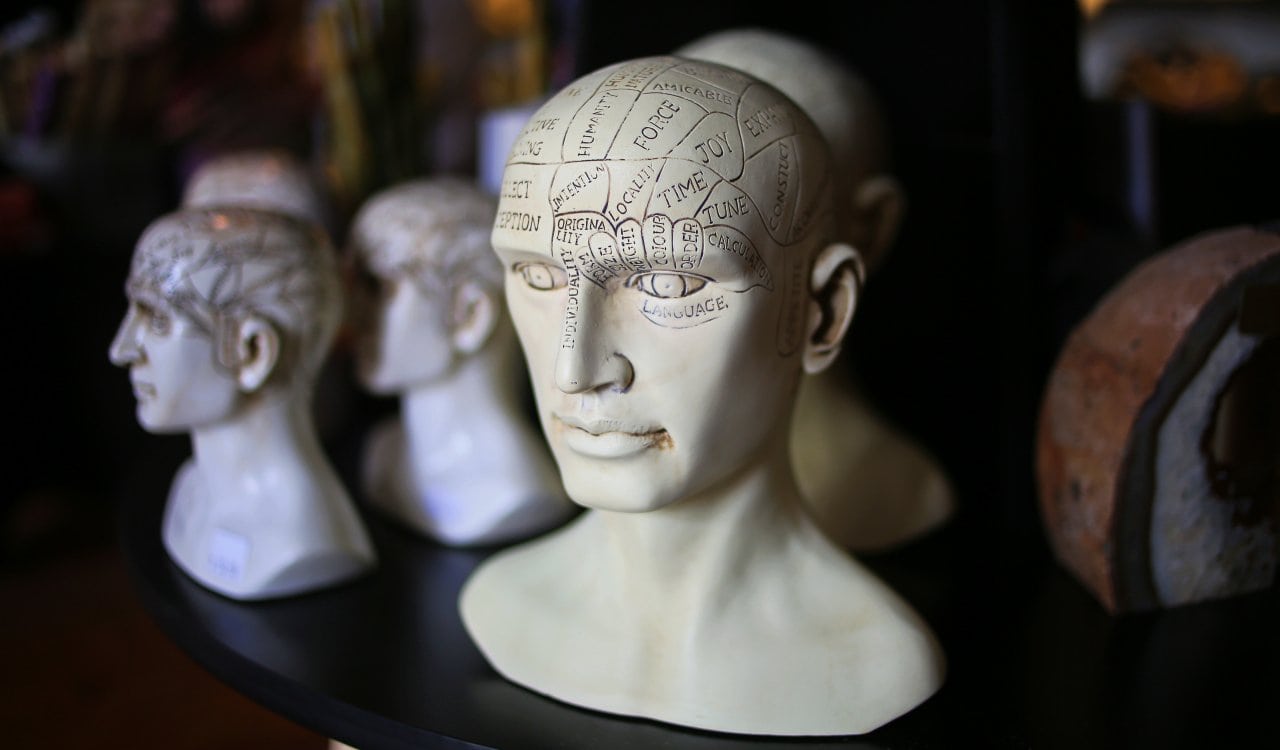
Phrenology
- People Behind It: Franz Joseph Gall
- Belief Timeframe: Late-1700s to Mid-1900s
Phrenology has to be one of the coolest and weirdest things you could ever see. Some magicians actually still use the concept on stage. The concept behind phrenology was that the brain is the organ of the mind, so therefore certain brain areas have localized, specific functions or modules. The brain is composed of different muscles, and those used more often were bigger. This is what caused the shapes of skulls. Therefore, areas of the brain lacking muscles were parts of the brain used less frequently. Phrenology was also said to have been able to predict personality traits based entirely on the shape of the skull.

SOURCES:
National Institutes of Health (NIH)
National Aeronautics and Space Administration (NASA)
Harvard University
University of Cambridge
University of California – Berkeley
Johns Hopkins University
University of Chicago
University of Bristol – School of Chemistry
Waterford Institute of Technology
University of Missouri
Dublin Institute for Advanced Studies
College of DuPage
National Human Genome Research Institute
American Chemical Society
Routledge Encyclopedia of Philosophy
WIRED
